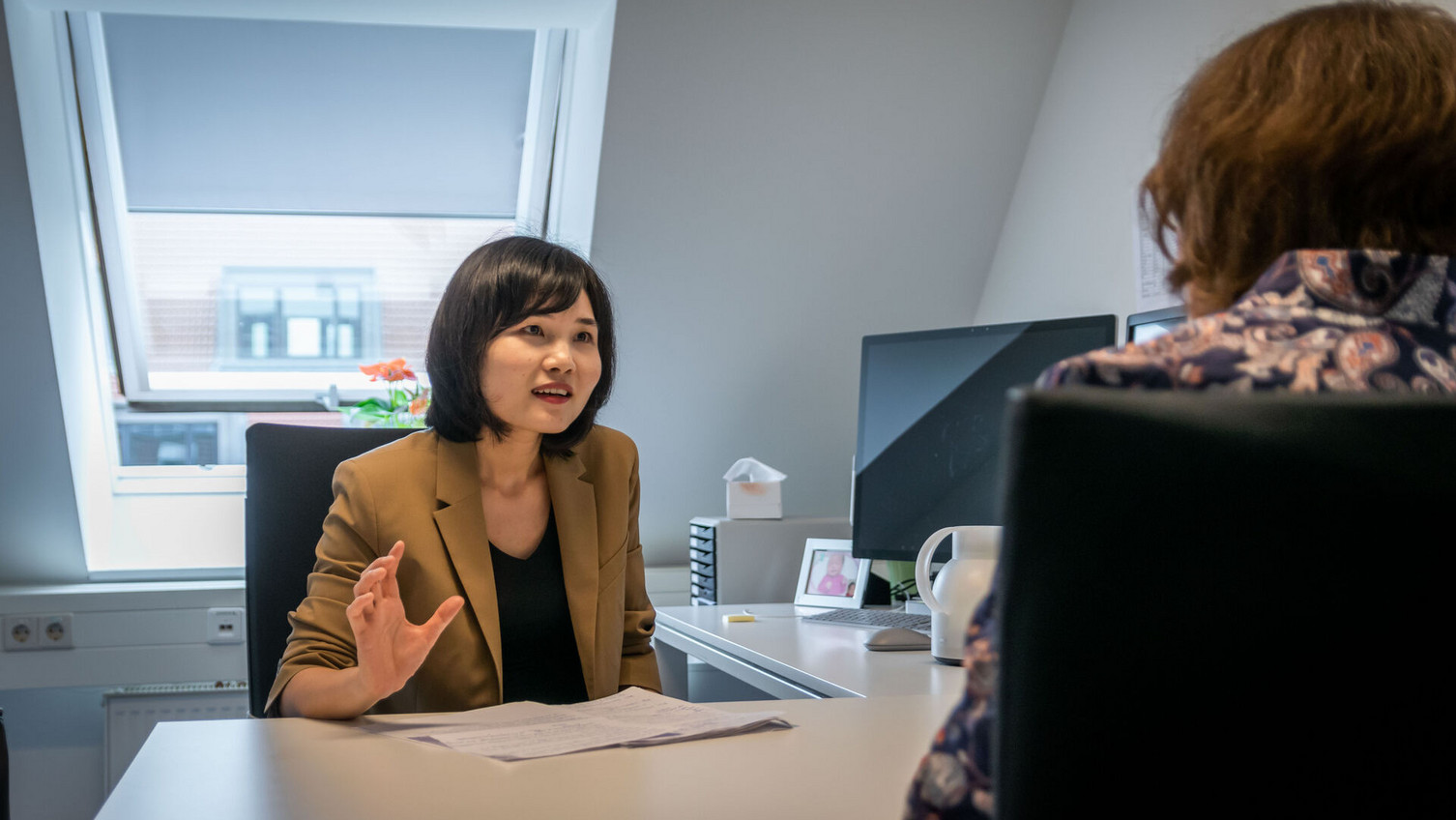Optimising Public Transport: Disruptions Included
2019-06-24 Over the past 20 years, the public transport system has grown steadily. Buses in particular are of special relevance because they travel both in cities and in rural areas. Scientists from Leuphana University and FU Berlin now work on a new research project on robust optimisation in public transport. The German Research Foundation (DFG) supports the cooperation project with FU Berlin, initially designed for an 18-month period, with around 280,000 euros.
Over the past 20 years, the public transport system has grown steadily. Buses in particular are of special relevance because they travel both in cities and in rural areas. Scientists from Leuphana University and FU Berlin now work on a new research project on robust optimisation in public transport. The German Research Foundation (DFG) supports the cooperation project with FU Berlin, initially designed for an 18-month period, with around 280,000 euros.
When Lin Xie has to wait for a bus at a bus stop, she usually thinks of her research. The assistant professor of business information systems, in particular operation research, knows how complex the logistics of transport companies is. For one thing, long-term planning must be in place: Which bus routes are covered? How many vehicles are in operation? Which timetable applies? Despite a well-planned system, bus companies face new challenges every day: Traffic jams, sick leave of drivers, or technical problems are just a few of the many variables that bus companies have to reckon with at any time. But despite disruptions, operations must continue, and operating costs must not increase significantly. Due to the complexity of traffic problems, Lin Xie, in cooperation with FU Berlin, develops prototype software that will later be tested by bus companies. The software can be fed with data from past or current disruptions: Where is the risk of traffic jams particularly high? Which technical defects occur in vehicles? On which routes do delays occur repeatedly? The software is intended to calculate solution models that keep the consequences of disruptions as small as possible.
The research project “Robust integrated vehicle-crew-scheduling and crew rostering in public transit” focuses on the integrated optimisation of daily vehicle scheduling and monthly crew scheduling with regard to disturbances. However, neither the integration aspects nor the robustness have been sufficiently researched so far. Scientists from Leuphana and FU Berlin are now involved in the research project to change this. The first meeting of the project was on June 14 at FU Berlin. The aim of the research project is to develop a planning model that is cost-effective for companies and resource-efficient on the one hand, and robust against disruptions on the other. "The best way to do this is to include disruptions in our planning as well. That's why we incorporate time buffers into the system, but they also cost money," explains Lin Xie.
For the first time, researchers do not only take into account the technical processes, but also the human component: Bus driver satisfaction is another variable in the modelling process. "If employees enjoy their work, the bus companies also benefit. Employees who feel their needs are taken seriously tend to be more reliable,” explains Lin Xie.

